Why dose SSD has many capacity options? How to choose?
Why dose SSD has many capacity options? How to choose?
If you pay attention to the capacity points of SSD between laptop and enterprise at the same time, you may find some strange phenomenon that they have many similar capacity points, such as 500GB, 480GB, 400GB and 1000GB, 960GB and 800GB. Why do these SSDs with similar capacity have many types for sale. The capacity points of HDD just only are 500GB and 1000GB. There is a truth behind simple number that need us simply understand, which is related to the service life of application and reliability.
Simply speaking, SSD is different from HDD. SSD should has reserved space as the swap space of writing data, which is determined by the characteristic of Flash . NAND FLASH just can be newly written not overwriten. You can write more frequently with more reserved space, but the cost is higher.
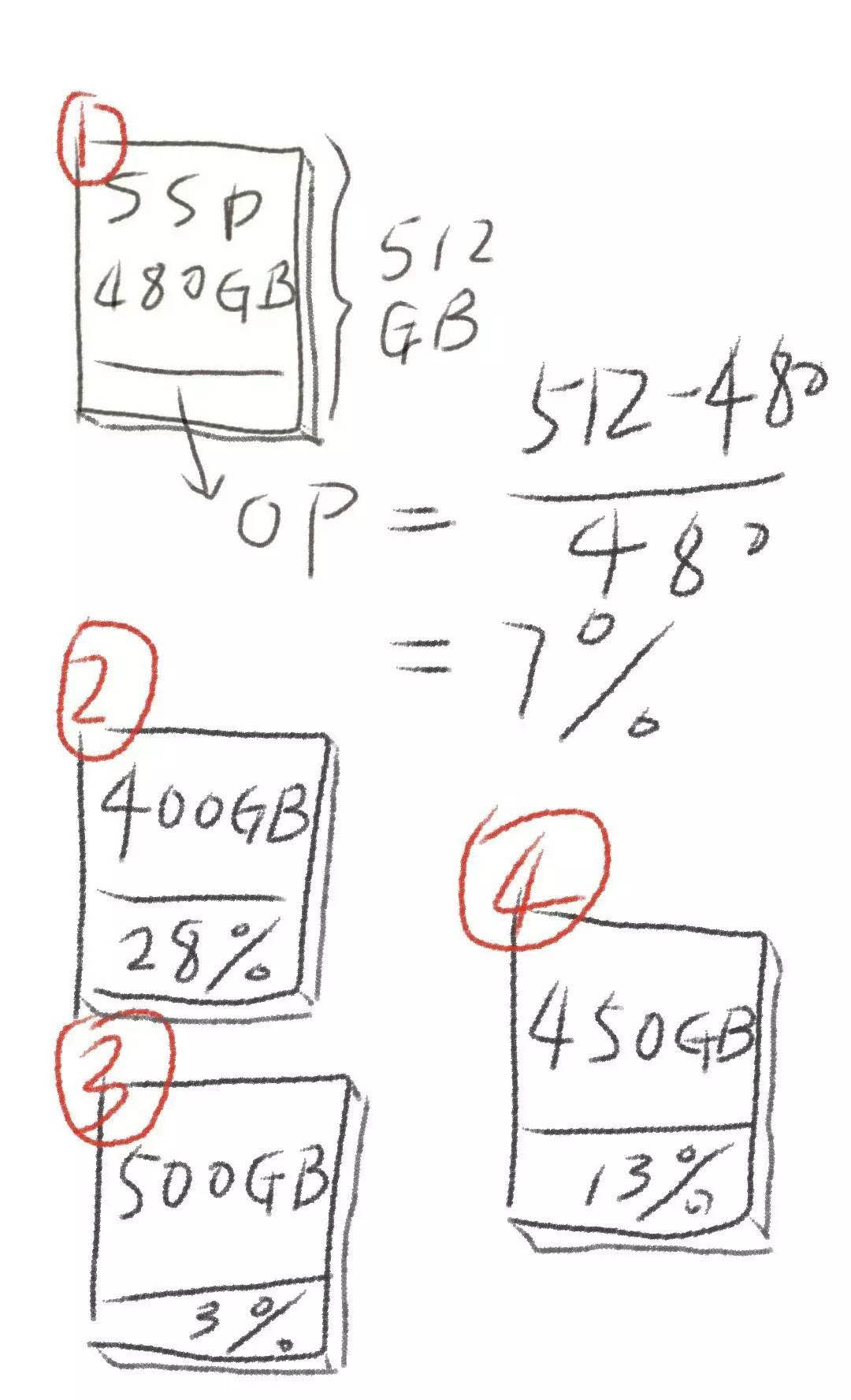
It is more easy to write and more able to withstand a lot of write, when there is more OP reserved space.
Firstly, let's look at the characteristics of sequential writes that need to be written internally in SSD. As shown below.

FLASH NAND just only be written in order in SSD and can't com back. There is only a way to the end in an storage unit, and several units can be written at the same time.
When we write the whole user space, what should we do. Then, the reserved space can be written. As shown below.

OP space is a transition way rather than client space. In essence, we still need to exchange useless data space in client space. As shown below, the red fork is delete space of client.
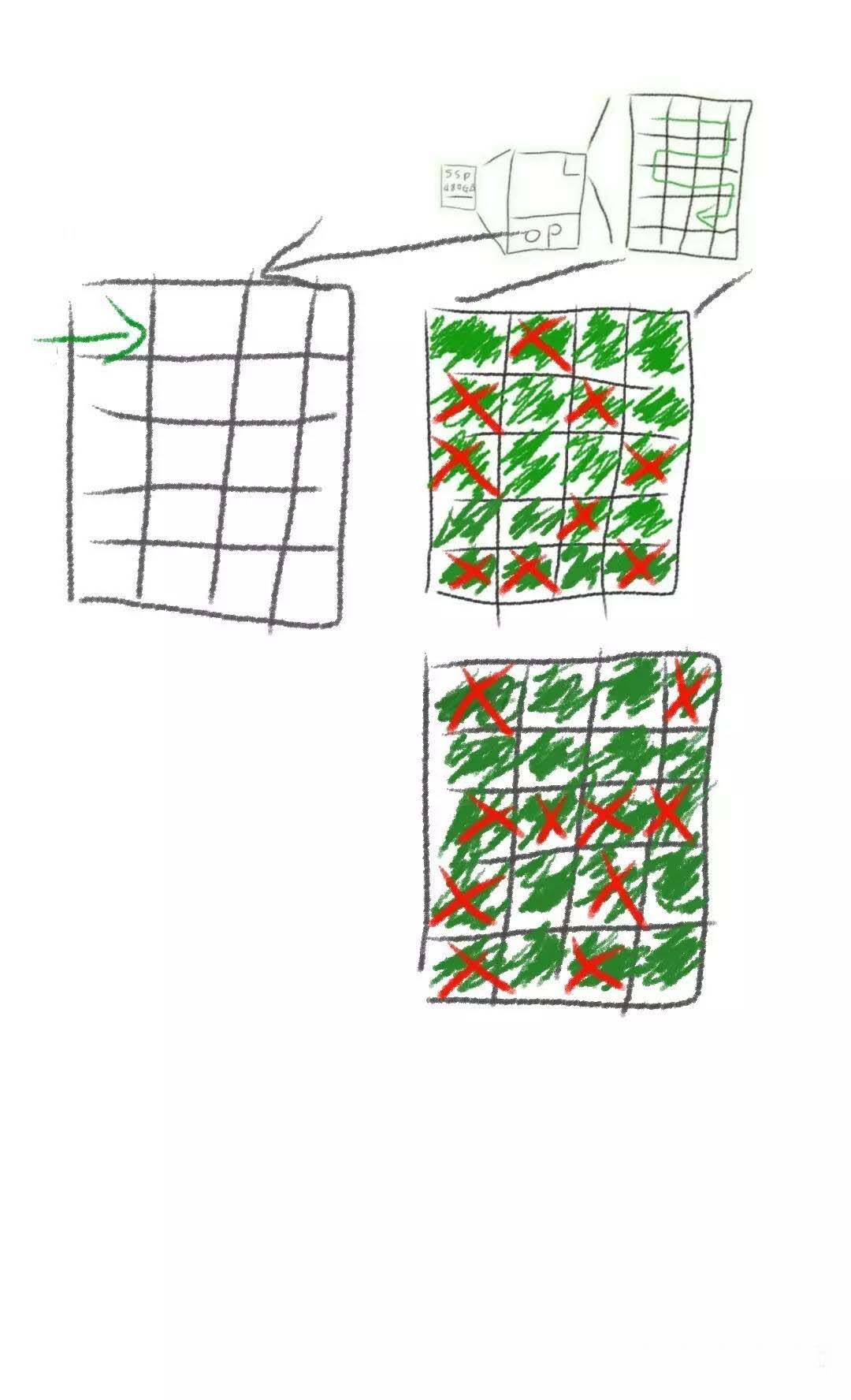
We can konw that some data deleted by users in client space is invalid, according to this chart. But we said that FLASH NAND just only be written in order in SSD and can't com back. Even the middle red data is deleted, it is impossible for space to write and it just is written to OP space.
OP space plays the role of transition write. It will be used up one day, we must have the way to exchange the red space. Because the useless data is meaningless for users, it should not waste the space. Let's play a game named carrying the box like the below picture. We organize the useful data and remove the former space after rewriting to OP space, where we can get two spaces from one space.
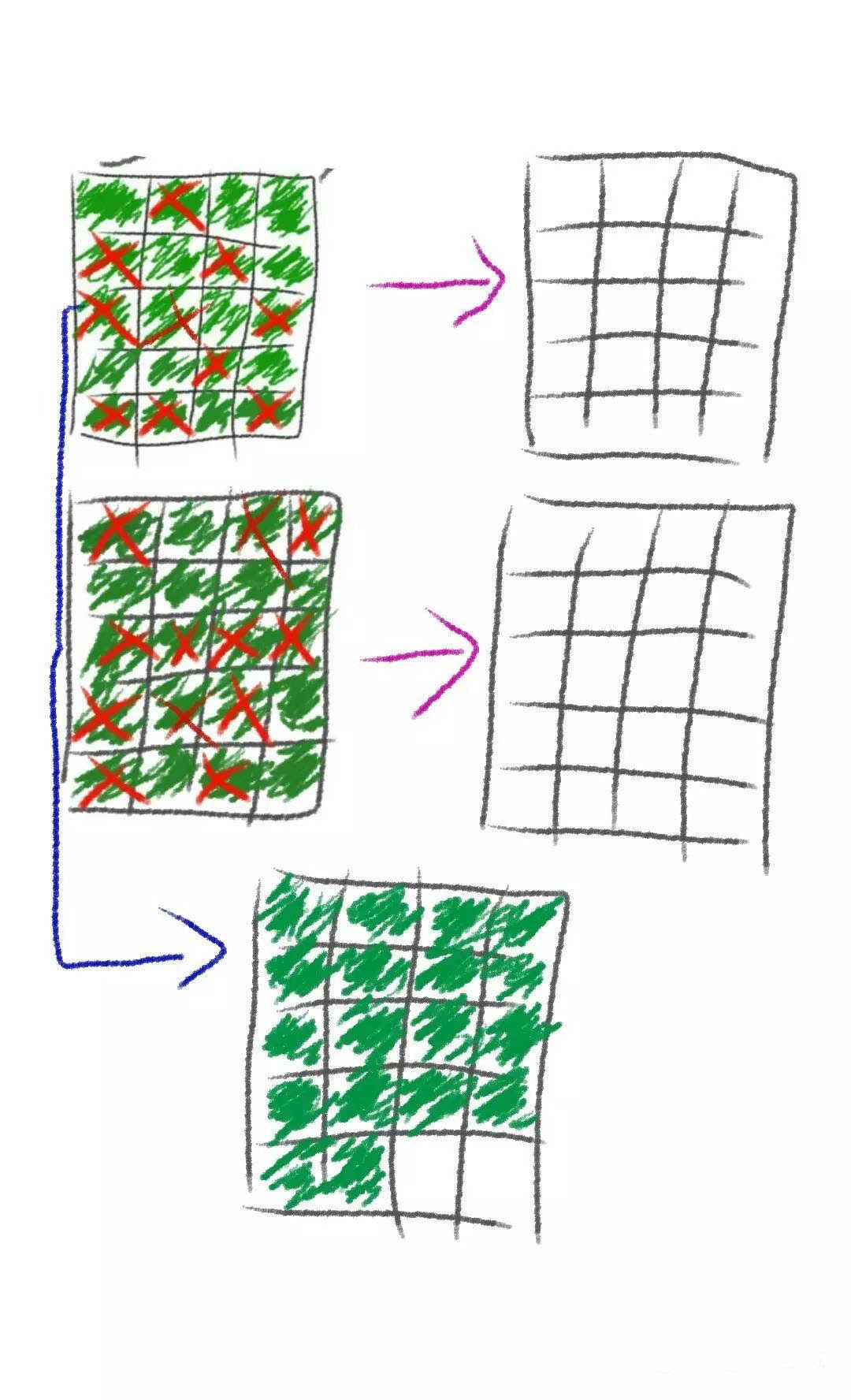
The blue arrow above represents combining all client data. The client space is rewritten again, which will consume the service life of FLASH NAND. The red fork represents erasing the whole space. In this process, if there is more reserved space, it will be easier to operate. The moving times will be less, which will consume less internal write service life. It will be easier to successfully achieve in larger space when we play the game of moving boxes.
If there is larger OP space, it will be easier and faster in the process. So you will find the write function of SSD with 400GB capacity is better than the SSD with 500GB capacity, the read function is similar.
Therefore, generally speaking, the diversity of client capacity represents different designs of reserved space. The law that the write lifespan of SSD will be longer in larger OP isn’t absolute. In general, enterprise SSD design will give more OP to support application matching. So enterprise SSD doesn’t obey this law. Such as 900 GB and 450 GB, even 500 GB will have more redundant space than the consumer level, the enterprise SSD will choose the larger capacity.
How to choose SSD capacity?
The unit price of the SSD with common capacity decided by actual demand is more expensive than mechanical hard disk. But we don’t need the mechanical hard disk for its large space of several TB. When you know how much space you need, it is enough to leave abundant space. Generally speaking, the SSD with 500GB can satisfies the need of most people.
If you have opportunity to open a SSD, you will find the NAND flash particles are usually paired. And it can be seen from the circuit that these NAND flash particles are connected and operated in parallel. The SSD transmission speed in parallel connection is twice of single NAND particle, which is similar to the connection mode of dual channel storage and hard disk RAID.
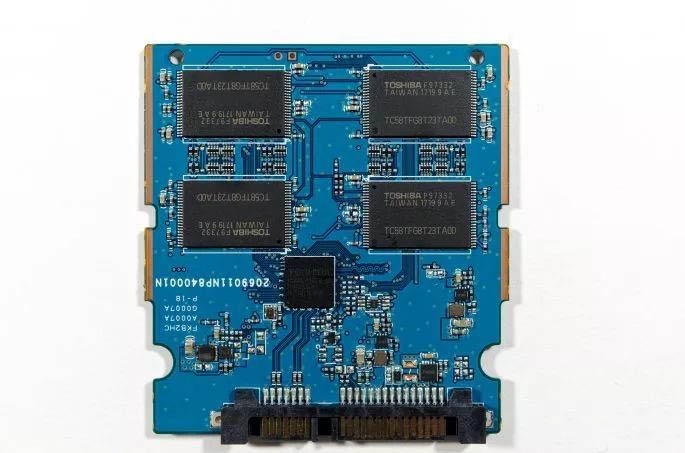
The number of NAND particle in SSD of high and medium capacity is more and it is easier to organize more parallel channels than the SSD of small capacity. If the same number of NAND particles are used, SSD of small capacity must choose older particles with small capacity, and the performance is worse. If we select the mainstream particles, the number of particles and the parallel channel is small and the speed will decrease proportionally.
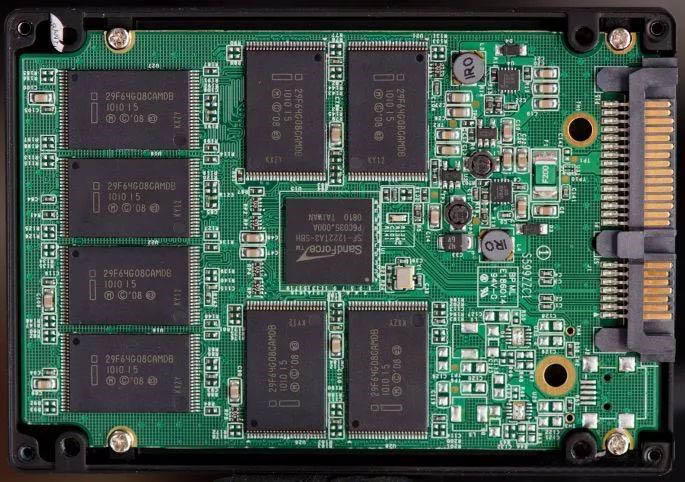
In fact, there are some problems in SATA SSD. The performance is not obvious ,because its whole speed is not fast. But the problem in NVMe standard with fast speed is very obvious, as its fast speed is supported by multi-channel parallel in most extend. Reducing the number and capacity of particles will cause the obvious drop of speed.

The rate differences of SATA SSD with the same type

The rate differences of NVMe M.2 SSD with the same type
In addition, there is little difference in reading speed between different capacities of some products, but there are obvious differences in writing speed and storing speed. Because these products are influenced by master control, cache design and NANA particle architecture. Which will not greatly affect some ordinary users, but influencing some professional applications that need frequently reading and writing data.

Considering from the capacity and function of present mainstream flash particle, the number of particles in SSD with 250GB can completely satisfies the need of broadband. The rate often falls in some products with 120GB capacity, especially NVMe products. So the SSD of 250GB capacity is the best choice at present from the capacity-price ratio, practicability and rate.
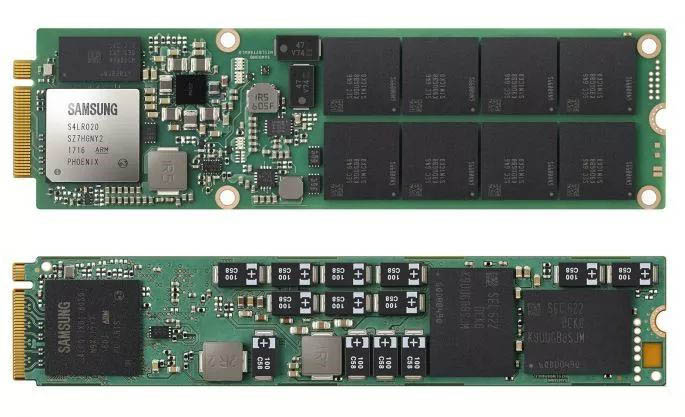
Even the capacity-price ratio of SSD with 500GB capacity is close to the product with 250GB capacity, it is not recommended for its higher total price. Even the speedups of some large-capacity products is faster, it’s suggested to buy the product with 250GB, if it is enough to use. Because PCIe 4.0 with double speed is coming soon. When 250 GB SSD is not enough, it is absolutely better to start directly with PCIe 4.0 standard SSD.
